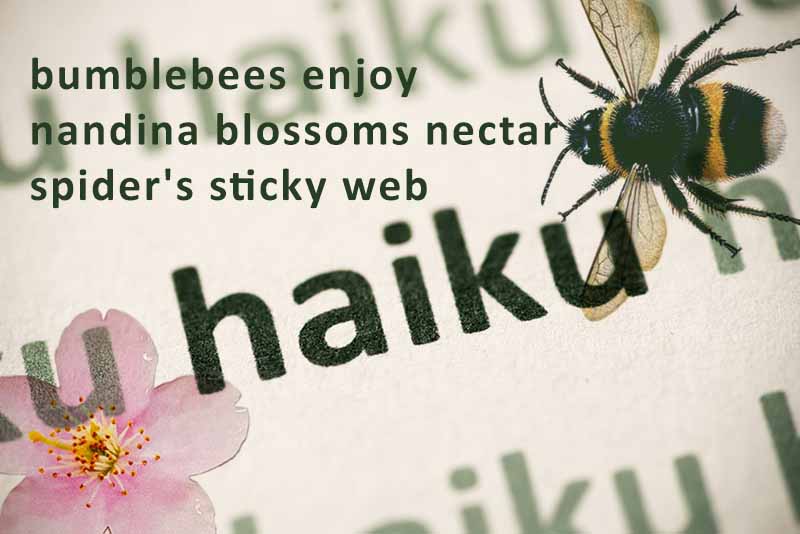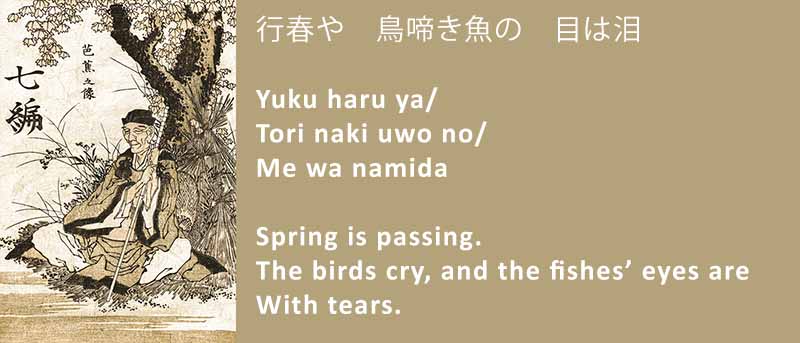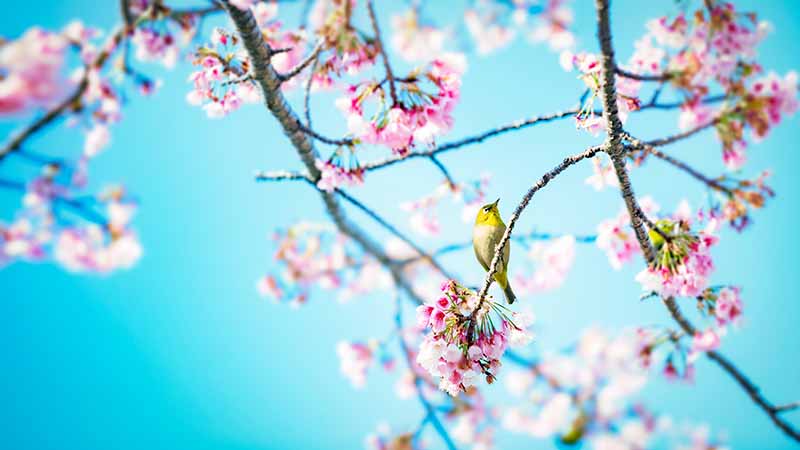Haiku is a form of poetry made of three short unrhymed lines (mora or morae), strong imagery, and imagery usually about nature. However, Haiku can be written in different styles using the author’s choice of language and syllable patterns. For example, in Japan, they do not use syllable counts but rather sounds. So, Haikus do not need to adhere to this traditional English structure unless that is a requirement for an assignment.

How To Write A Haiku Poem
Write a Haiku poem by following these simple steps;
- Decide the kind of haiku poem you want to write, and you can either go with the English 5-7-5 syllable count or even consider minimizing or maximizing the numbers.
- Come up with your subject of choice; nature themes as primarily used; birds, trees, and the surrounding.
- Make use of phrases that go along with images.
- Use punctuation and necessary parts of speech to create a good rhythm for your poem.
History of the Haiku Form
The history of Haiku originates in Japan.
Rengu, the Precursor to Haiku
Rengu was a collaborative form of Japanese poem popular in the fourteen century, and it was formed in a coded structure with sets of rules.
Rengu started with a verse known as Hokku, whose goal was to introduce the poem and set the tone in a particular season for easy reciting. This short introductory verse is the precursor to the Haiku, although the Hokku contained three short phrases containing 5, 7, and 5 sounds instead of syllable counts.
Matsuo, the Master of Haiku
Due to the lack of interest in Rengu in the sixteenth century, poets began writing the Hokku in its own form, separating it from the rest of the Rengu. Matsuo Basho developed and popularized the Hokku in a more relaxed and humorous form called Haikai. This would eventually evolve into Haiku.
The Emergence of Haiku
Haiku was especially embraced in the eighteenth century in Japan and subsequently became popular in Europe and North America in the nineteenth century. It has influenced English-speaking countries and has been featured in many books with translations from Japanese.
Traditional or Japanese Examples of Haiku
In Japanese, Haiku poems are stable despite different syllables and verses. The meaning of these poems changes only when they are translated into other languages. When written in Japanese, you require just one like to put across the words compared to during translation, where you can use as many lines as you wish.
Matsuo Munefusa is one of the foremost Haiku poets; however, he is famously known by the descriptive name or pseudonym Bashó. Bashó was called Kinsaku in childhood and Matsuo Munefusa in his later life but began writing poetry under the name Sobo, only later changing to Bashó around 1681.

Here are a few translated Haikus that were initially written by Bashó.
Furu ike ya
Kawaza tobikomu
Mizu no oto |
An old pond
A frog jumps in
The sound of water |
Samidare wo
Atsumete hayashi
Mogami-gawa |
Collecting all
The rains of May
The swift Mogami River. |
Yagate shinu
Keshiki wa miezu
Semi no koe |
Cricket, from your cheery cry
No one would ever guess
How quickly you must die.
|
Contemporary or Western Examples of a Haiku Poem
The writing of the modern form of Haiku dates from the 1890s. This form involves using three lines, a word relating to nature, and a 5-7-5 syllable arrangement.
The first line = 5 syllables.
The second line = 7 syllables.
The third line = 5 syllables.
Modern Haiku has been embraced because it's simple and works well in English.
Contemporary poet James W. Hackett is one of the best non-Japanese Western haiku poets. Here are a few examples of his haikus.
Half of the minnows
Within this sunlit shallow
Are not really there.
Deep within the stream
The huge fish lie motionless
Facing the current.
Two flies, so small
It's a wonder they ever met,
Are mating on this rose.
Nature and the Haiku

The traditional Haiku is made concerning nature, and for example, it might describe seasons or the weather. Choosing a good selection of words gives your poem meaning and a sense of belonging to the author, depending on their culture.
However, to develop a Haiku poem, you ought to understand the elements of sound poetry and then sum it up with words describing nature. The poem structure is usually 5, 7, and 5 lines in Japanese.
Haiku is a form of poetry in both the modern and traditional versions. The two have their structure styles depending on the language and poet’s interest.
Can You Answer
- In what country did haiku originate?
- What year does the modern form of haiku date from?
- What is the usual subject of haiku?
- How many syllables does a haiku have?
- How many lines does a haiku usually have?
- How many syllables should each line have?
- Does haiku rhyme?
Related Terms
alba, anacreontic, balada, ballad, ballade, bucolic, canso, chanson, clerihew, dirge, dithyramb, eclogue, elegy, English sonnet, epic, epigram, epithalamium, epode, epopee, epopoeia, epos, georgic, ghazel, Horatian ode, idyll, Italian sonnet, jingle, lime